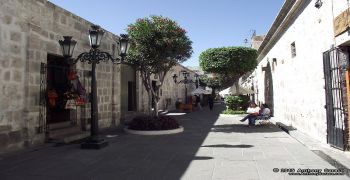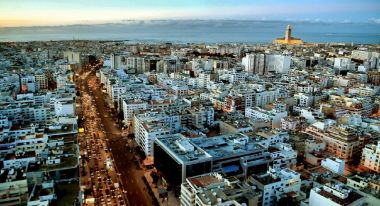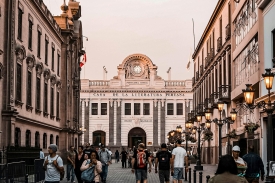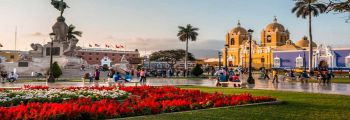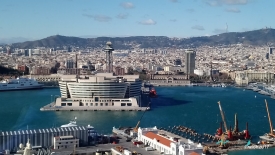ABOUT Kabul
Kabul (Pashto: کابل, romanized: Kābəl; Dari: کابل, romanized: Kābol) is the capital and largest city of Afghanistan, located in the eastern section of the country. It is also a municipality, forming part of the greater Kabul Province, and divided into 22 districts. According to estimates in 2020, the population of Kabul is 4.222 million, which includes all the major ethnic groups of Afghanistan. Afghanistan's only city with a population of over 1 million, Kabul serves as its political, cultural and economical center. Rapid urbanization has made Kabul the world's 75th largest city.Kabul is located high up in a narrow valley between the Hindu Kush mountains, with an elevation of 1,790 metres (5,873 ft) making it one of the highest capitals in the world. The city is said to be over 3,500 years old, mentioned since at least the time of the Achaemenid Empire. Located at crossroads in Asia - roughly halfway between Istanbul in the west and Hanoi in the east - it is in a strategic location along the trade routes of South and Central Asia, and a key location of the ancient Silk Road. It has been part of the Achaemenids followed by the Seleucids, Mauryans, Kushans, Kabul Shahis, Saffarids, Samanids, Ghaznavids, Ghurids, Khwarazmians, Qarlughids, Khaljis, Timurids, Mughals, and Hotaks, until finally becoming part of the Durrani Empire (also known as the "Afghan Empire") in 1747. Kabul became the capital of Afghanistan in 1776, during the reign of Timur Shah Durrani, the son of Ahmad Shah Durrani.
In the early 19th century, the British occupied the city, but after establishing foreign relations, they were compelled to withdraw all forces from Afghanistan. The city was occupied by the Soviets in 1979 but they too abandoned it after the 1988 Geneva Accords were signed. A civil war in the 1990s between various rebel groups destroyed much of the city, resulting in many casualties. From late 2001 the city has been continuously rebuilt.Kabul is known for its gardens, bazaars, and palaces, well known examples being the Gardens of Babur and Darul Aman Palace. It was also formerly a mecca for young western hippies. Despite frequent terrorist attacks in the city, mainly by Taliban insurgents, the city continues to develop and was the fifth fastest-growing city in the world as of 2012.
In the early 19th century, the British occupied the city, but after establishing foreign relations, they were compelled to withdraw all forces from Afghanistan. The city was occupied by the Soviets in 1979 but they too abandoned it after the 1988 Geneva Accords were signed. A civil war in the 1990s between various rebel groups destroyed much of the city, resulting in many casualties. From late 2001 the city has been continuously rebuilt.Kabul is known for its gardens, bazaars, and palaces, well known examples being the Gardens of Babur and Darul Aman Palace. It was also formerly a mecca for young western hippies. Despite frequent terrorist attacks in the city, mainly by Taliban insurgents, the city continues to develop and was the fifth fastest-growing city in the world as of 2012.



